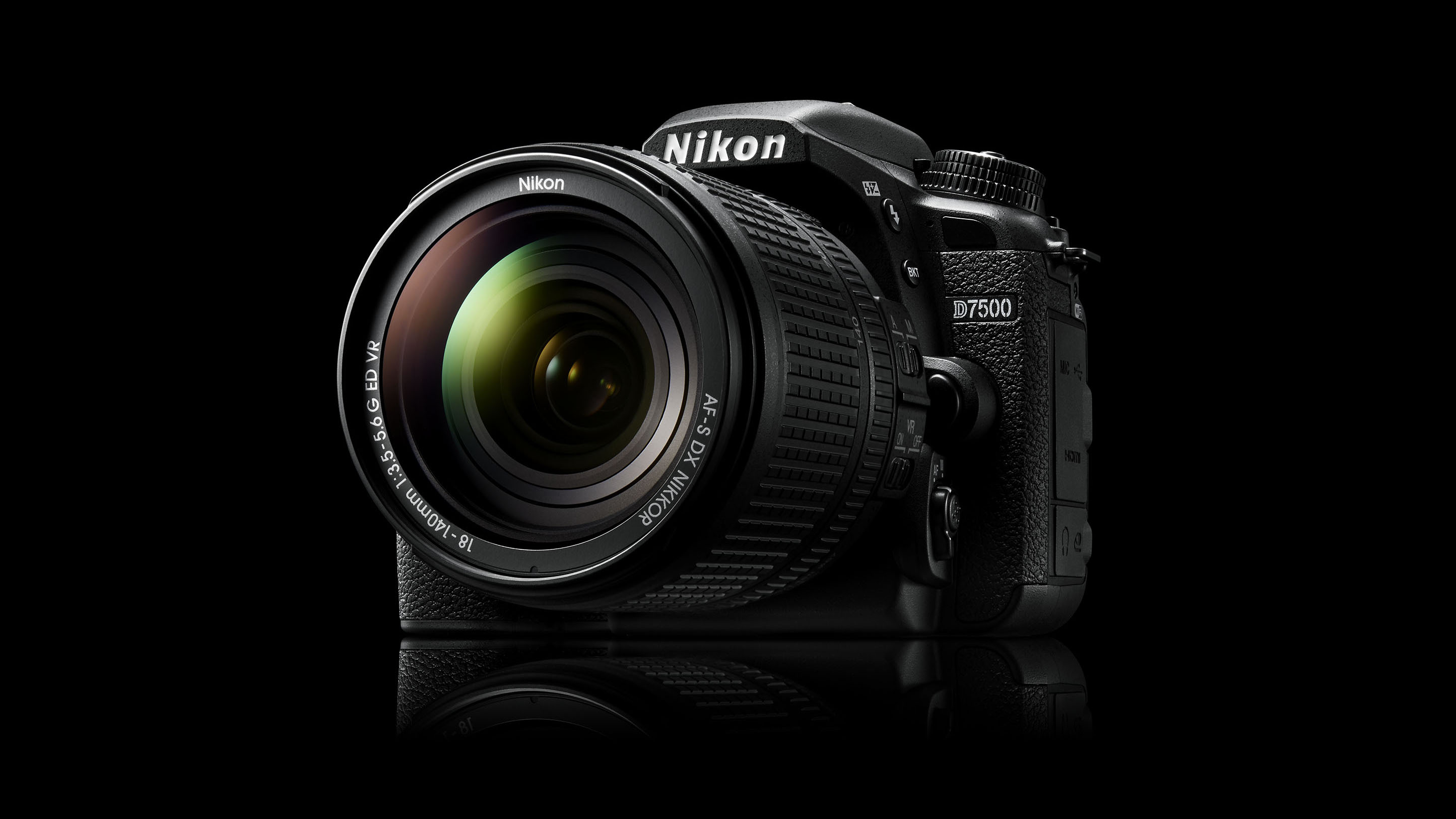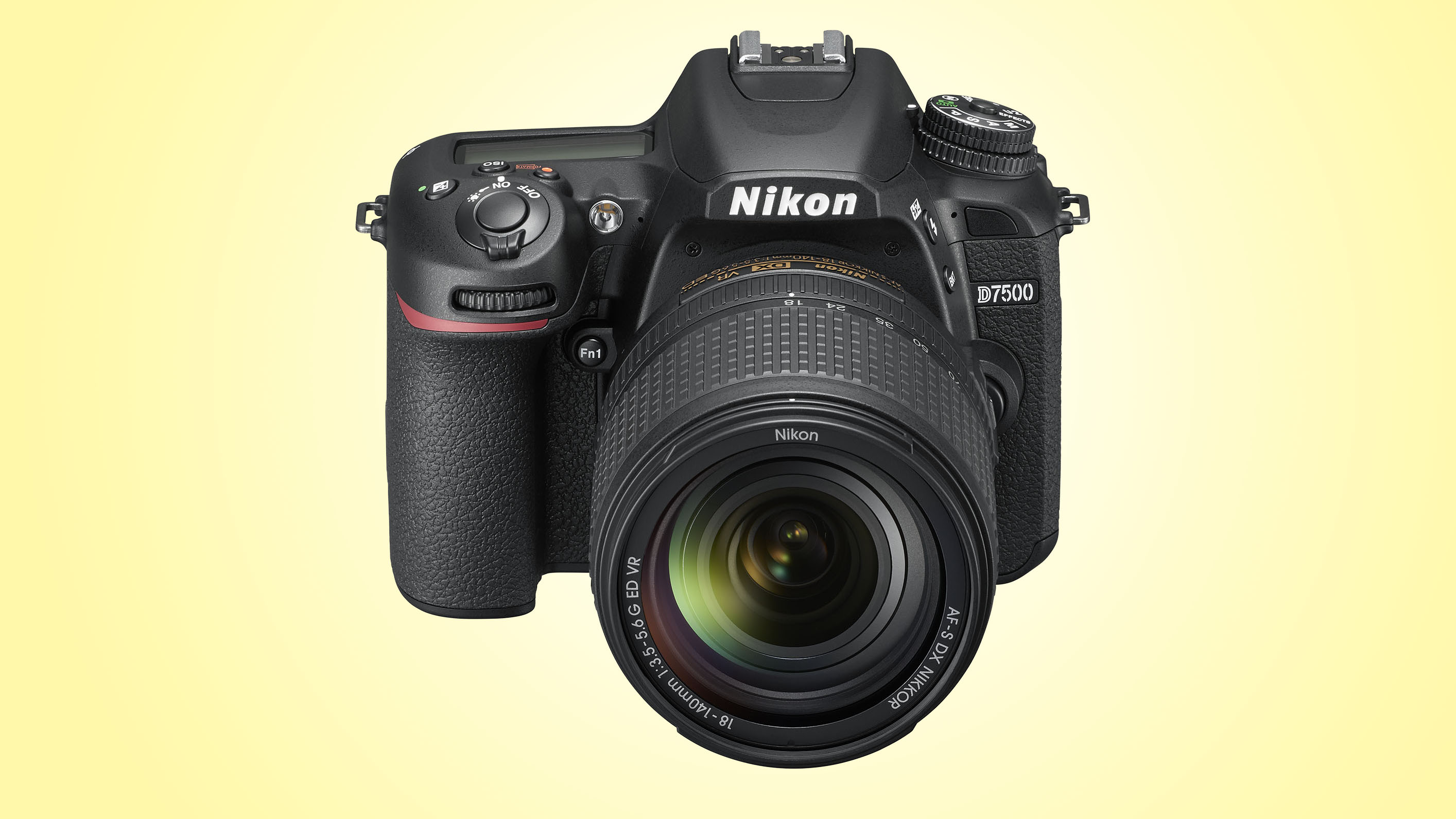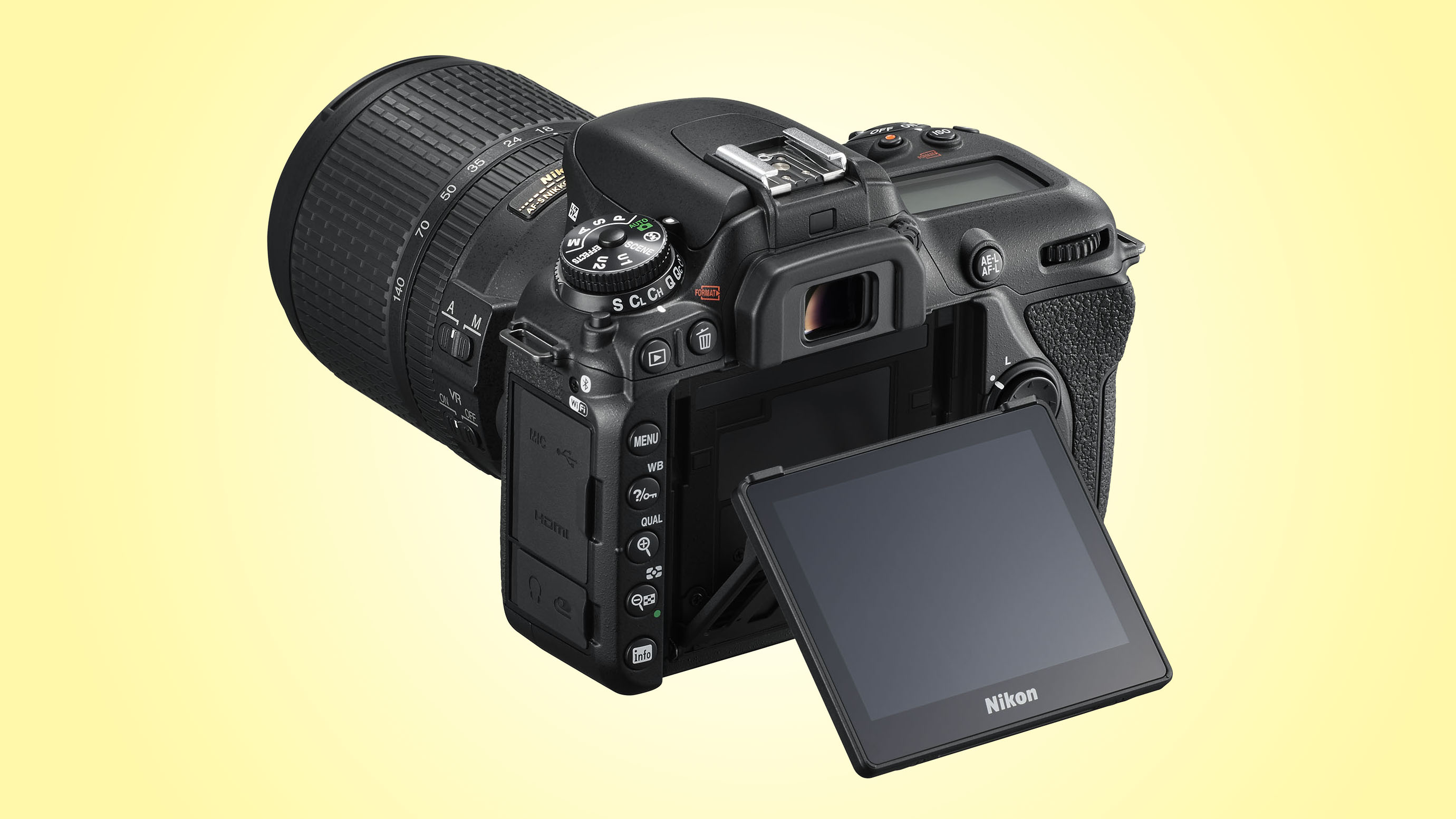
Nikon has just taken the wraps off its new enthusiast DSLR, the D7500. Borrowing a lot of key tech from the flagship D500, it slots in above the D7200 in the Nikon DSLR range.
We've already had some time with the new camera, so check out our hands-on Nikon D7500 review for our first impressions, but here are some of the highlights to get you up to speed...
1. It uses the same sensor as the D500
That's right, the Nikon D7500 has the same brilliant 20.9MP APS-C DX-format sensor that's in the D500. You may lose a few million pixels compared with a 24MP sensor, but in return you get an ISO range that extends to an incredible ISO1,640,000 equivalent.
2. It uses an enhanced 51-point AF system

The D7500 uses Nikon’s tried-and-tested 51-point AF system, which covers a decent portion of the frame and is sensitive all the way down to an impressive -3EV. This now comes with a Group-Area AF function (we've seen it on other Nikon DSLRs, but this is a first for a D7xxx camera) for improved subject tracking. There's also Auto AF Fine Tune, which lets you calibrate certain lenses.
3. It's lighter than the D7200
The handgrip on the D7500 is much deeper than on the D7200, and the body features comprehensive weather sealing. The monocoque body weighs 1lb. 6.6oz / 640g and is approximately 5% lighter than the D7200 and 16% lighter than the D500.
4. It has a 3.2-inch tilt-angle touchscreen

Instead of a rear screen that sits flush with the body, as on the D7200, the Nikon D7500 sports a tilt-angle touchscreen with a 922,000-dot resolution. The touchscreen can be used to easily control and compose shots, as well as to play back and review images.
5. It shoots 4K movies
The Nikon D7500 can shoot 4K UHD (3840 × 2160/30p) video, while there's also the facility to produce awe-inspiring 4K UHD time-lapse movies in-camera. As we've seen with the D500, the D7500 offers 3-axis built-in e-VR image stabilization when shooting 1080p Full HD video, and offers simultaneous 4K UHD output to card and uncompressed via HDMI. There's also a headphone and microphone jack for audio recording and monitoring.
Sign up for breaking news, reviews, opinion, top tech deals, and more.
6. It can shoot at 8fps

Thanks to the EXPEED 5 image processor (also borrowed from the D500), the D7500 can rattle off shots at 8fps with full AF/AE, with an expanded buffer of up to 50 raw/NEF (14-bit lossless compressed) or 100 JPEG images.
There's also the same 180K-pixel RGB metering sensor and Advanced Scene Recognition system that's used in the D500, while the arrival of Nikon's Highlight-weighted metering mode in a D7xxx prioritizes the brightest elements in the frame, helping to avoid images with blown-out highlights.
7. Price and availability
You'll have to wait until the end of June to get your hands on the Nikon D7500. It's priced at $1,249.95 / £1,299.99 for the body only, or $1,749.95 / £1,599.99 with the AF-S DX 18-140mm f/3.5-5.6G ED VR lens. We're still waiting on pricing for Australia.

Phil Hall is an experienced writer and editor having worked on some of the largest photography magazines in the UK, and now edit the photography channel of TechRadar, the UK's biggest tech website and one of the largest in the world. He has also worked on numerous commercial projects, including working with manufacturers like Nikon and Fujifilm on bespoke printed and online camera guides, as well as writing technique blogs and copy for the John Lewis Technology guide.